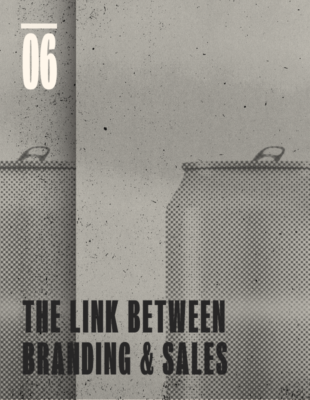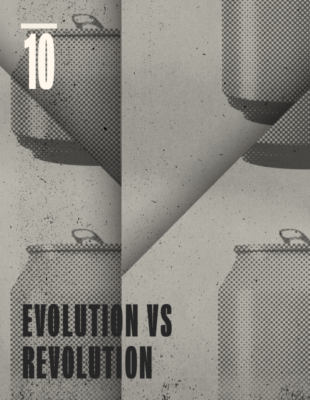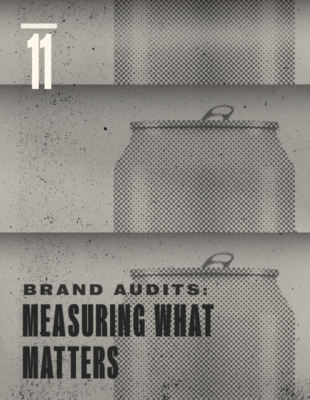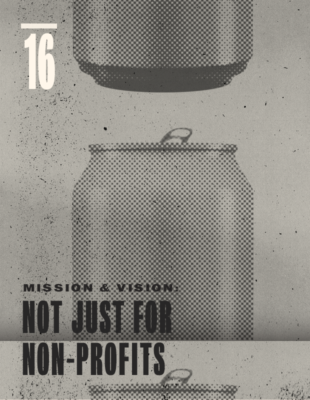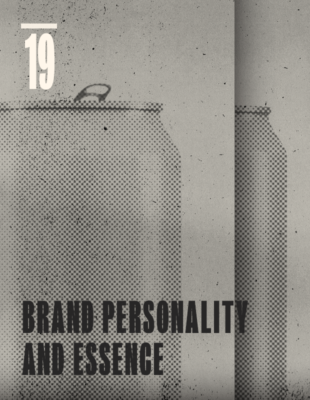
05
Goal Setting (What to Measure)
When setting project goals, we like to use the SMART protocol. Developed in the early 1980s by George Doran, SMART goals provide an easy way to not only measure your success but also be confident that what you’re measuring is actually relevant to your business and rebranding process.
(Great. If you sell just one more barrel next year, we’re taking all the credit for it.)
SMART is an acronym for:
Here’s what makes the second example a SMART goal. It is:
- Specific: You want to “increase core beer sales by 15 percent.”
- Measurable: Sales is a quantitative metric that can be compared over different time periods for different beers and/or types of accounts pre- and post-rebrand.
- Action-Oriented: You can use this goal to determine whether a particular design decision will help you achieve your goal and quickly adjust as needed.
- Realistic: With great branding, packaging and sales, 15 percent is an entirely reasonable sales goal (depending on your market).
- Time-limited: You’ve given yourself until the end of the year.
(Better get moving!)
A bonus that comes from SMART goal setting is that it makes design decisions throughout the rebranding process easier. Rather than becoming mired in emotional decisions about whether or not you personally like a design concept, you can ask yourself, “Will this logo, packaging, campaign concept, etc. move us closer to or further away from our goal of increasing core beer sales by 15 percent by the end of the year?”





